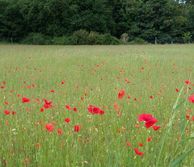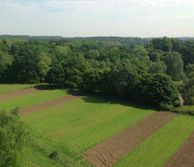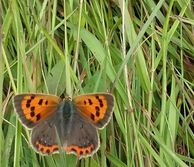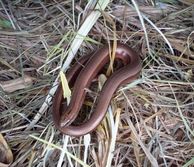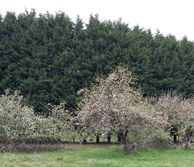Silwood Park is recognized as an important refuge for wildlife. The campus fields include several Priority Habitats like Lowland decidious and Wet woodlands, traditional orchards, and Wood pastures and Parkland. The latter, particularly valued by the amount of veteran and ancient trees, support an incredible number of rare species of insects, lichens and fungi that depend on decaying wood. Priority Habitats were identified as being the most threatened and requiring conservation action under the UK Biodiversity Action Plan (1994-2012) (UK BAP). Zones with a high density of priority habitats and that offer the highest opportunity for restoration are identified as the most important for wildlife and grouped in the so called Biodiversity Opportunity Areas (BOAs). Silwood Park along with Windsor Great Park is one of the 29 BOAs in Berkshire county and is the heart of the wildlife corridors for the surounding villages.
Since 2004 the campus fields are also one of Berkshire's Local Wildlife Sites, which along with other areas creates a networks of habitats that provide refuge for flora and fauna and help preserve rare or threatened species. The Thames Valley Environmental Records Center (TVERC) review and survey LWS regularly and keeps the record of the species found. Silwood is home of several habitats and species considered scarce, vulnerable, or that need protection under several national and international conservation schemes (e.g. Wildlife and Countryside Act 1981, Section 41 of the 2006 Natural Environment and Rural Communities, IUCN Red List of Threatened Species). These include slow worms, grass snakes, linnets, lesser spotted woodpekers, corn spurrey, an many other plant and insect species.
Contact us if you want to explore Silwood Park natural beauty or get involved in conservation activities with the local environmental group Wildlife in Ascot.
Silwood biodiversity carrusel
Find here the habitats and species that make Silwood Park a remarkable natural reserve and an exceptional place to live and work.
